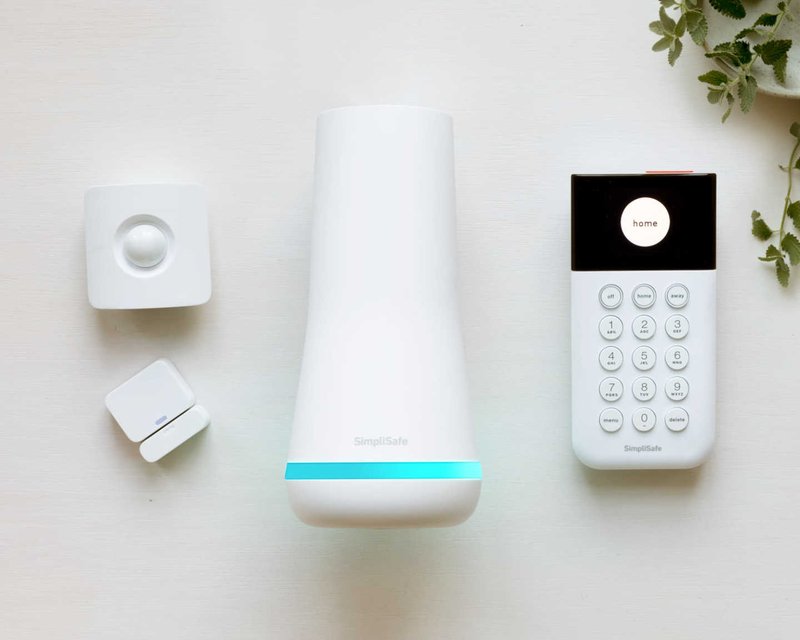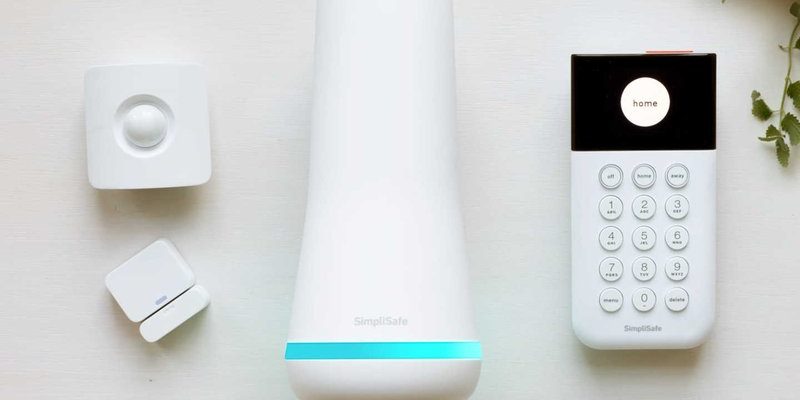
Here’s the thing: extended warranties often promise peace of mind, but they come with their own set of pros and cons. With Simplisafe devices, which are designed to be user-friendly but still involve some tech magic behind the scenes—like pairing your security keypad or resetting a motion sensor—you might wonder if it’s better to handle repairs on your own or let someone else take care of it. Let me explain how extended warranties work for Simplisafe gear, and whether it’s a smart buy or just another unnecessary expense.
What Exactly Does an Extended Warranty Cover for Simplisafe Devices?
Before deciding if an extended warranty is worth it, it helps to understand what it actually covers. Simplisafe’s devices, being a blend of hardware and software, are generally reliable but not invincible. The standard warranty usually lasts a year and covers manufacturing defects—so if your alarm stops working because it’s faulty right out of the box, Simplisafe’s got your back.
The extended warranty, which you can buy separately, typically adds extra coverage beyond that first year. That means if your device’s battery dies prematurely, or if your sensor suddenly stops syncing with the base station, the warranty might kick in. It usually covers repairs, replacements, and sometimes service calls, depending on the plan.
However, it’s important to note:
- Wear and tear or accidental damage (like dropping a keypad or water damage) is often not covered.
- Some warranties might require you to send the device back or wait weeks for repair.
- Battery replacement may or may not be included, which is crucial since Simplisafe sensors rely on batteries that don’t last forever.
So, the warranty is mostly about mechanical failure or defects, not about user mishaps or routine upkeep.
How Likely Are Simplisafe Devices to Break or Malfunction?
Honestly, Simplisafe devices are built with everyday use in mind. They’re made by a company known for simple installation and reliable performance. Most users find their sensors, cameras, and keypads work quietly for years, syncing with the base station without a hiccup.
But no technology is perfect. You might run into issues like:
- Battery drains faster than expected, especially in extreme temperatures.
- Occasional syncing problems—where a motion detector or door sensor won’t connect to the base.
- Buttons on remote keypads becoming unresponsive or sticky over time.
The good news? Many of these problems have straightforward fixes. For example, if your sensor won’t pair, there’s usually a reset process (often involving holding down a button for several seconds). Battery changes follow clear instructions, and Simplisafe’s customer support is generally helpful with troubleshooting advice.
So, if you’re comfortable with a bit of tinkering—like swapping batteries or running a reset—you might not need extended coverage for minor glitches.
How Much Does an Extended Warranty Cost, and What Are the Alternatives?
You might be wondering how much this extra peace of mind actually costs. Simplisafe itself doesn’t always bundle extended warranties directly, but third-party providers often offer plans ranging from $20 to $50 per device or $100+ for entire systems. Pricing varies depending on coverage length and what’s included.
Here’s the catch: these costs can add up quickly if you’re protecting multiple devices. So, before signing up, consider these alternatives:
- Self-maintenance: Replacing batteries yourself is cheap and straightforward, often just a few dollars per battery.
- DIY troubleshooting: Simplisafe’s online guides often walk you through common fixes like syncing and resetting.
- Manufacturer warranty: The included one-year standard warranty might cover the most critical period when defects are more likely.
In some cases, saving up a tiny emergency fund for possible replacements can be smarter than paying upfront for extended coverage you might never use.
What Happens When You File a Claim on a Simplisafe Extended Warranty?
Here’s something many don’t think through: filing a claim isn’t always instant satisfaction. Usually, you’ll need to contact the warranty provider, explain the problem, and follow their process. This often includes sending your faulty device back.
The process can take days or weeks, meaning your home might be without certain security features while you wait. That can be a real concern if you rely heavily on your Simplisafe system to feel safe.
Also, some warranties might have deductibles or service fees that reduce the overall value of the coverage. Always read the fine print to know what you’re signing up for.
If you’re someone who likes to keep your system running smoothly without downtime, the warranty might feel like a safety net. But if you prefer quick fixes yourself or can live without a device temporarily, maybe it’s less critical.
Does Extended Warranty Protect Against Software or Connectivity Issues?
This is a common question. Simplisafe devices depend a lot on software and wireless connections—your sensors sync via radio signals, and the system depends on reliable Wi-Fi for alerts and monitoring.
Here’s the thing: extended warranties typically don’t cover software bugs, cloud service interruptions, or Internet outages. They focus on physical device problems, not your network setup.
So, if your Simplisafe remote or keypad isn’t connecting properly, it might be a Wi-Fi issue rather than a hardware one. In these cases, no extended warranty will fix your router or improve your signal.
That’s why it’s good to troubleshoot basic connectivity glitches yourself, like restarting your base station or resetting devices. It’s surprisingly often a simple fix, unrelated to hardware failure.
When Does Buying an Extended Warranty Make Sense for Simplisafe?
Honestly, if you’re the type who likes a clear, hassle-free option to replace devices without thinking twice, an extended warranty might be worth it. Think of it like insurance: it’s for peace of mind when you don’t want to deal with troubleshooting steps or repairs on your own.
Here are some scenarios where an extended warranty could pay off:
- If you’re not tech-savvy and dread tinkering with syncing or resetting devices.
- If you live in a harsh environment where devices might be more prone to damage or rapid battery drain.
- If you want to cover all devices in a large setup without worrying about unexpected costs.
However, if you’re comfortable swapping batteries, following clear reset instructions, and don’t mind calling customer support, you might find extended warranties less useful.
How to Maintain Your Simplisafe Devices to Avoid Needing Warranty Repairs
Here’s a little secret: most Simplisafe headaches can be avoided with simple maintenance. Just like a bike chain needs oil, your smart home devices perform best when you give them regular attention.
Tips for keeping your system happy:
- Change batteries regularly. Don’t wait for low-battery alerts to swap in fresh ones.
- Keep devices clean. Dust and grime can interfere with buttons and sensors.
- Check syncing periodically. Occasionally test that each sensor talks to the base station.
- Update firmware if available. Simplisafe sometimes pushes updates that fix bugs or improve stability.
A bit of care goes a long way and can save you from filing claims or replacing gear prematurely.
Wrapping It Up: Should You Get an Extended Warranty for Simplisafe Devices?
Deciding if an extended warranty is worth it for your Simplisafe system comes down to your comfort with troubleshooting, your living environment, and your budget. The devices are generally reliable, and many minor issues can be fixed with a simple reset or battery swap—no repair claim needed.
If the idea of *not* having to lift a finger to fix a faulty sensor appeals to you, and the cost fits your budget, an extended warranty can feel like a safety net worth having. But if you’re the kind of person who enjoys a little tech troubleshooting and is okay with occasional DIY fixes, it might be better to save that money for future upgrades or replacements.
At the end of the day, your Simplisafe system is there to keep you safe. Whether you choose to protect it further with a warranty or take care of it yourself, knowing how these devices work and what to expect can make all the difference.
